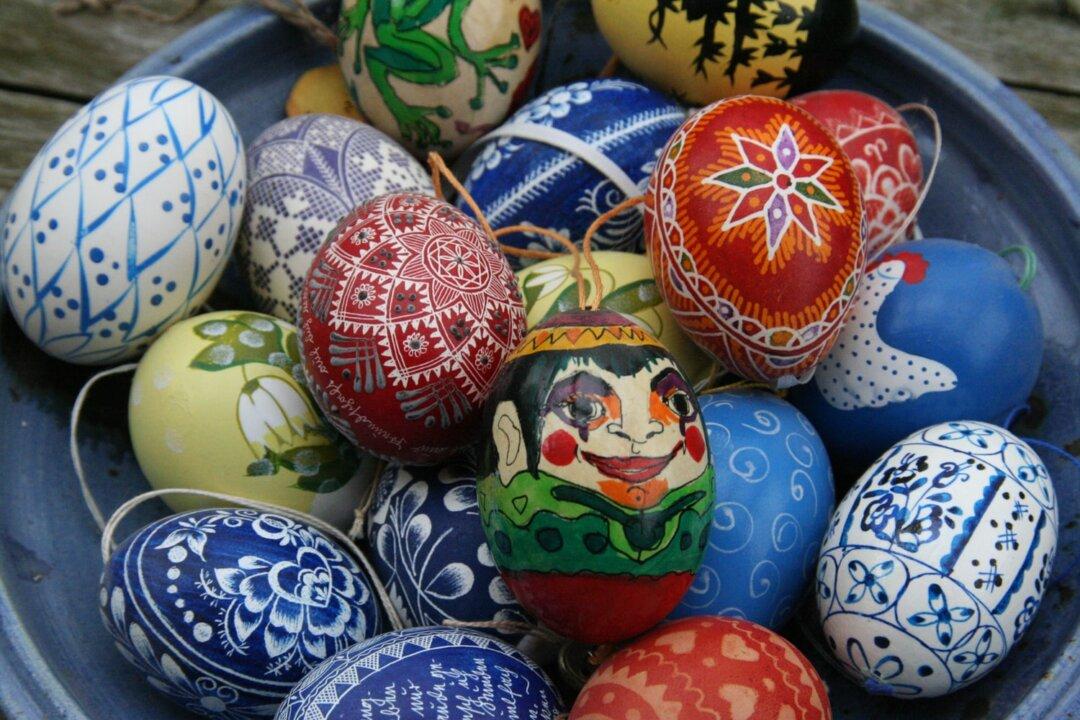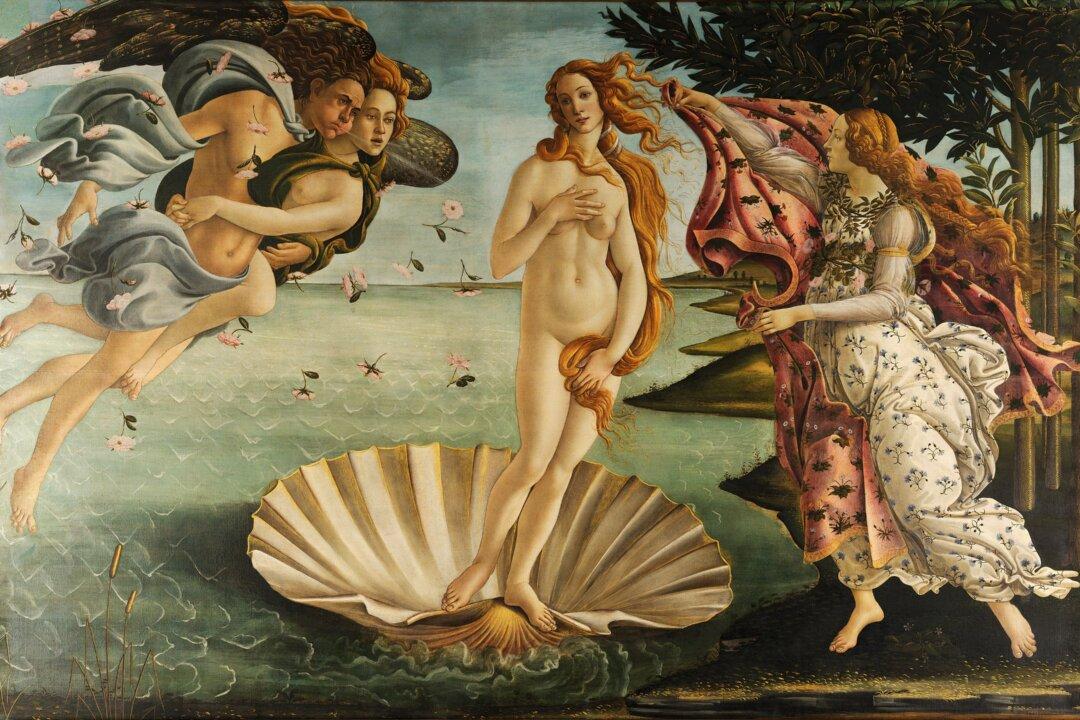It is a fairly safe guess that our forebears, blessed with less information but more fantasy, wisdom, and poesy, were rather awed by the egg’s mystery.
How was it possible, the ancients might have asked themselves, that out of a chalky wafer-thin vessel and its sticky contents real life could break forth? Did God present the observer here with a clear and overwhelming proof of his omnipotent presence? Could it be that he himself hid as an eternal spark within the thin shell? (What an incredible thought!) Were God and egg of the same essence?



